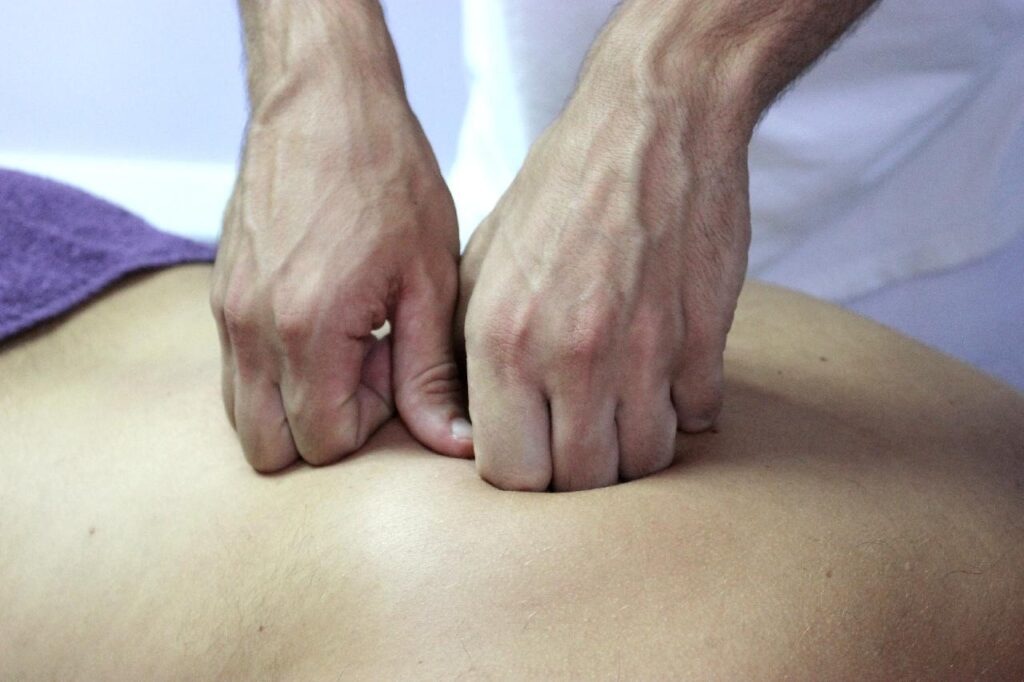Why its Best to Mix Deep and Gentle techniques
New clients that come into the office often say that they want “deep” work. I get it. I love good deep myofascial work, too. But if they need some deep work and you fluff-and-buff them, guess what – they won’t be coming back.
Then there are those clients that have been bruised in the past by therapists who say, “This is good for you – you’ll feel better tomorrow!” These clients want no part of that kind of bodywork and only want you to use the most gentle techniques.
This is true, too, for many clients with conditions (physical or otherwise) where a typical massage is just too much for them. For these people, the gentle Cranial-Sacral Therapy techniques are perfect.

Don’t all massage therapists know this?
Unfortunately, I’ve found that a lot of therapists have a limited toolbox and use the same techniques on everyone. Often, they have no idea what “deep” work really is. And some have no concept of how to do “gentle” bodywork.
With the Ray of Light Training Direct-Indirect Techniques we use a combination of both deep and gentle techniques. We get Really deep into the myofascial adhesions at the core of their tight muscles. This is very different from so-called “deep-tissue” methods you learned in school.
We dive into the tissue slowly in a very specific, methodical way to avoid hurting the client and putting them into resistance. Then we follow the path that the tissue provides for us and hold the releases. We wait until the tissue is hydrated and free and not pulling on nearby bones and other structures.
I often call this “stealth rolfing”, because we get into the tissue as deep as a traditional rolfer might. We do this without the hurt and resistance that can sometimes accompany such procedures, depending on the practitioner.
What about the gentle part?
With DIT, we follow those deep myofascial techniques with extremely gentle Cranial-Sacral techniques that help the tissue to fully “unwind” from its dysfunctional pattern. The goal is to get results that last longer and functional range-of-motion is restored.
This allows the client to go back to their work and other activities feeling both relaxed and revitalized. Now, they can do what they do without feeling restricted.
Obviously, we can encourage them to change their work and postural habits that brought them into dysfunction in the first place, but we can’t control that. At least they know that you can help them the next time they get discombobulated.
At Ray of Light Training, we have some excellent Direct-Indirect Technique and Cranial-Sacral Therapy in-person and online courses available. Each of these online all-video trainings offers NCBTMB-approved CEUs. Click on a tab above to find out more and register.
Thousands of massage therapists have taken these courses and are having success with the techniques. The feedback from therapists has been extremely positive. Hundreds of course evaluations are listed on the roltraining website. Check it out, try a course, and see why these techniques can work well for you and your clients.
In the meantime, remember to take good care of yourself, so you can continue to safely and successfully help your clients and family and everyone else that depends on you.
Stay well,
John
John Joseph Ray
Ray of Light Training
John is a Board Approved Continuing Education Provider through the NCBTMB
Member of the Fascia Research Society
